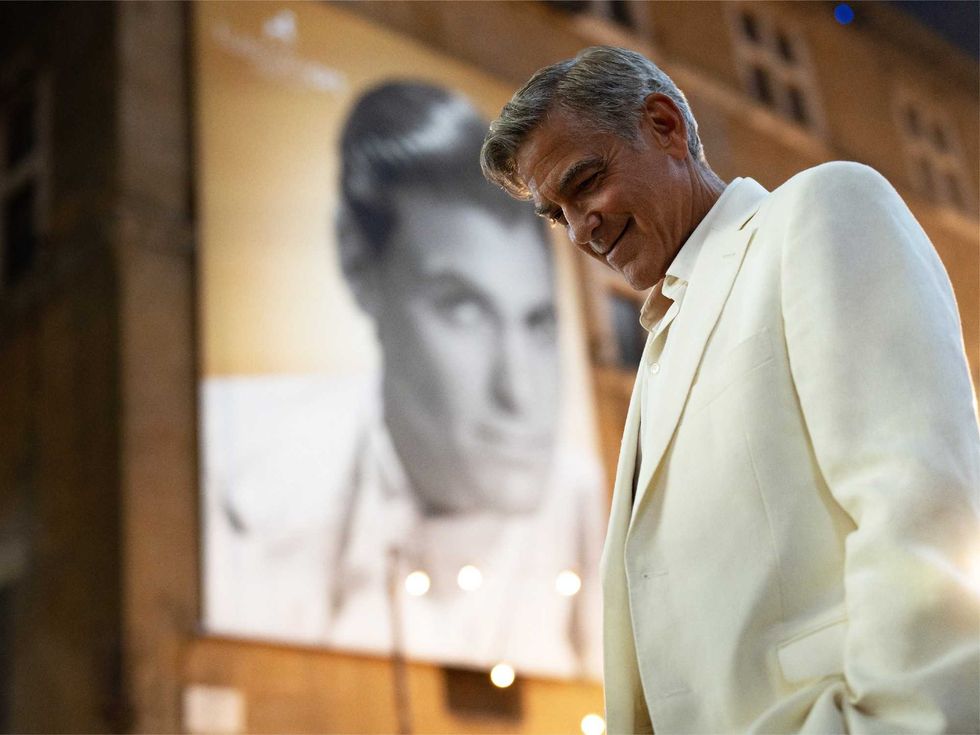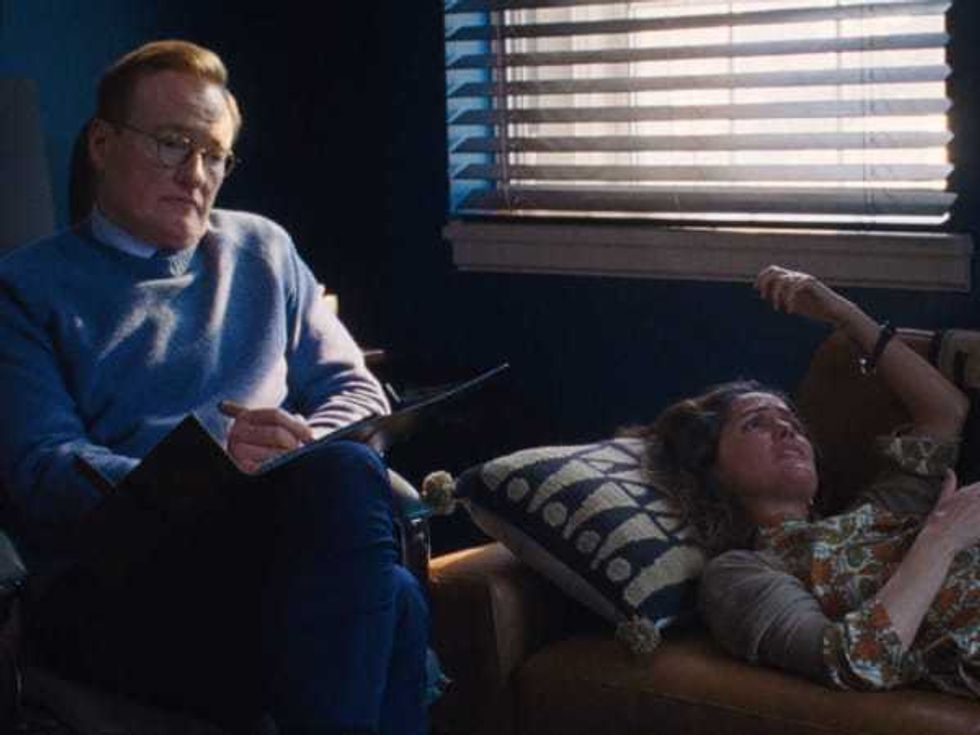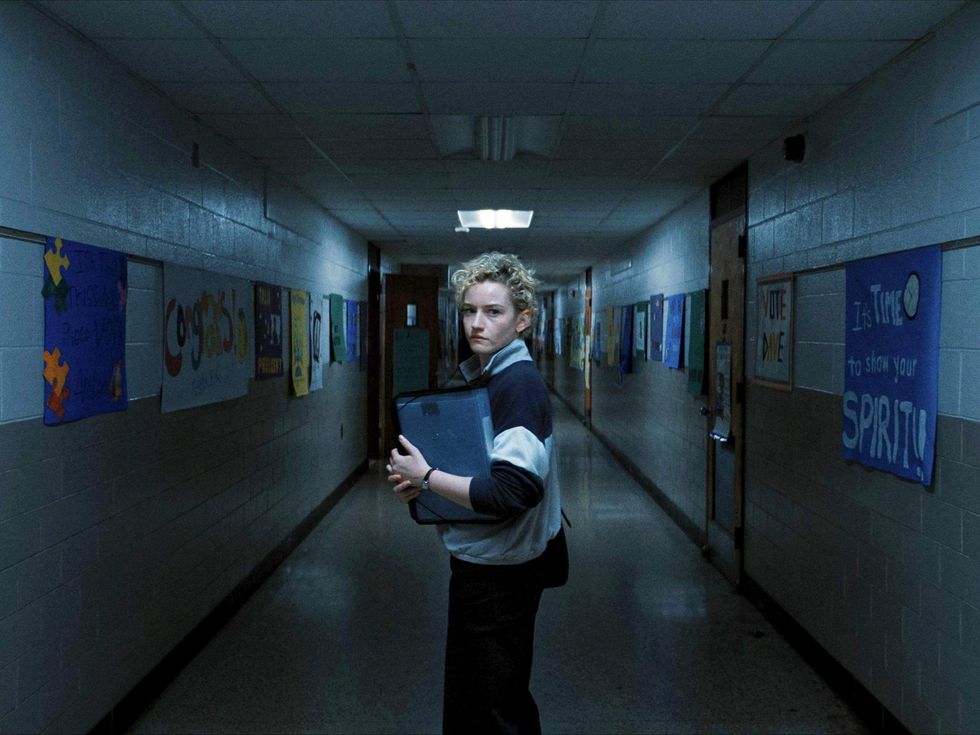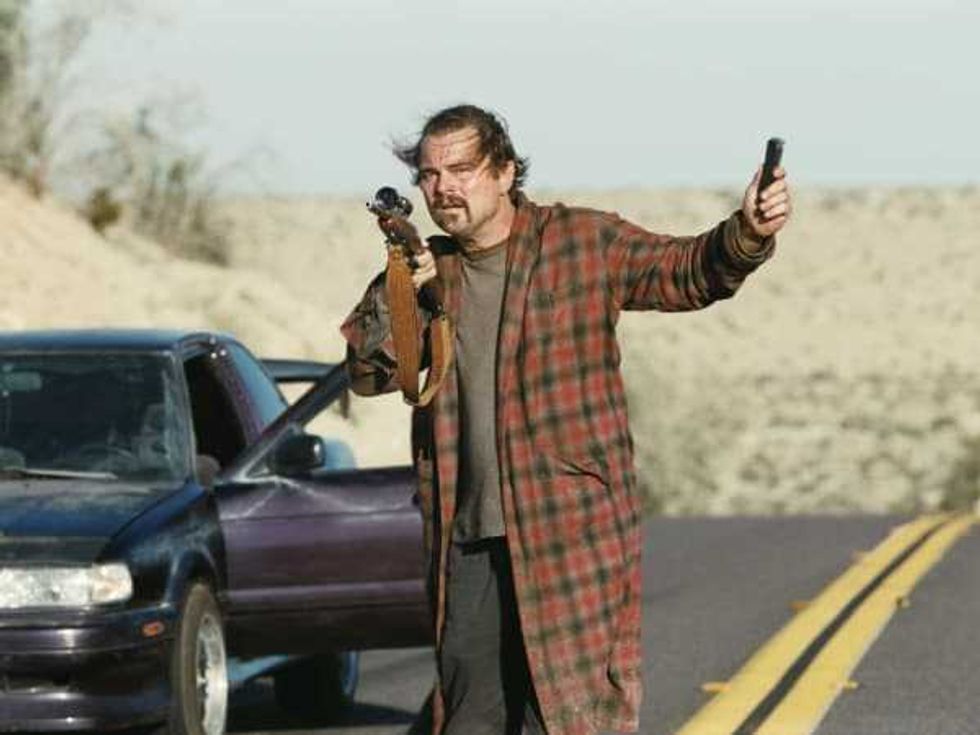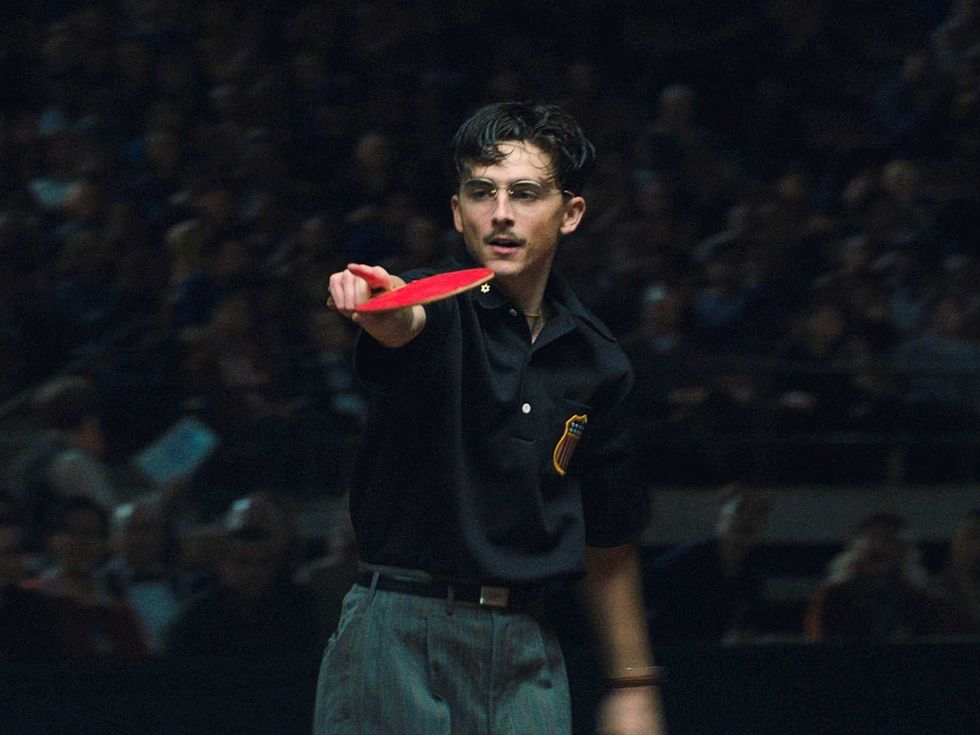An American Debut
Kenwood House collection brings A-list portraits to Museum of Fine Arts, Houston
 Joshua Reynolds, Mrs. Musters as Hebe, 1792, oil on canvas, Kenwood House,English Heritage; Iveagh Bequest
Joshua Reynolds, Mrs. Musters as Hebe, 1792, oil on canvas, Kenwood House,English Heritage; Iveagh Bequest Joseph Mallord William Turner, A Coast Scene with Fisherman Hauling a BoatAshore (“The Iveagh Sea Piece”), c. 1803-04, oil on canvas, Kenwood House,English Heritage; Iveagh Bequest, 1927
Joseph Mallord William Turner, A Coast Scene with Fisherman Hauling a BoatAshore (“The Iveagh Sea Piece”), c. 1803-04, oil on canvas, Kenwood House,English Heritage; Iveagh Bequest, 1927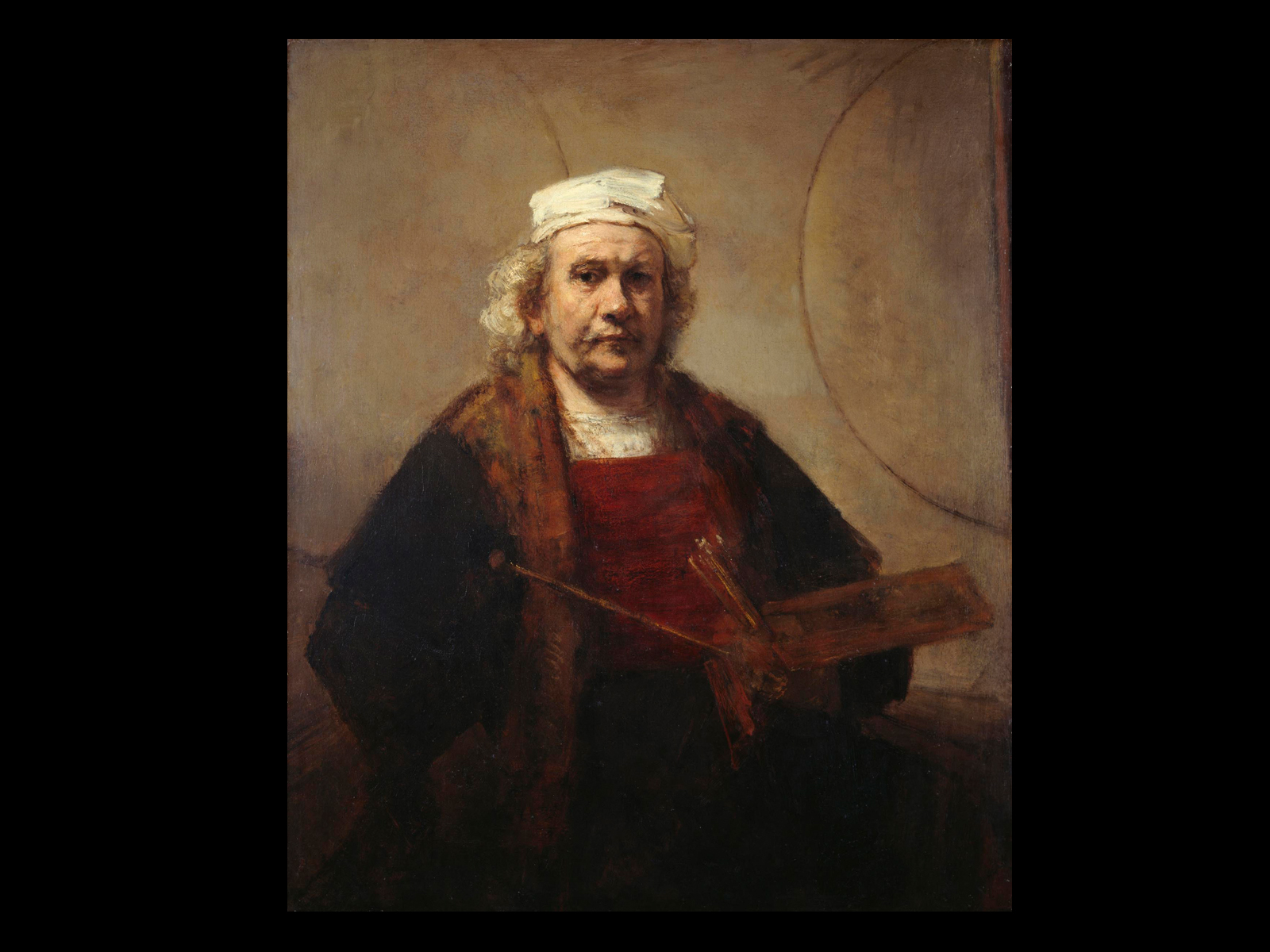 Rembrandt van Rijn, Portrait of the Artist, c. 1665, oil on canvas, KenwoodHouse, English Heritage; Iveagh Bequest, 1927
Rembrandt van Rijn, Portrait of the Artist, c. 1665, oil on canvas, KenwoodHouse, English Heritage; Iveagh Bequest, 1927 George Romney, Emma Hart as The Spinstress, c. 1784–85, oil on canvas, KenwoodHouse, English Heritage; Iveagh Bequest
George Romney, Emma Hart as The Spinstress, c. 1784–85, oil on canvas, KenwoodHouse, English Heritage; Iveagh Bequest Thomas Lawrence, Miss Murray, 1824–26, oil on canvas, Kenwood House, EnglishHeritage; Iveagh Bequest
Thomas Lawrence, Miss Murray, 1824–26, oil on canvas, Kenwood House, EnglishHeritage; Iveagh Bequest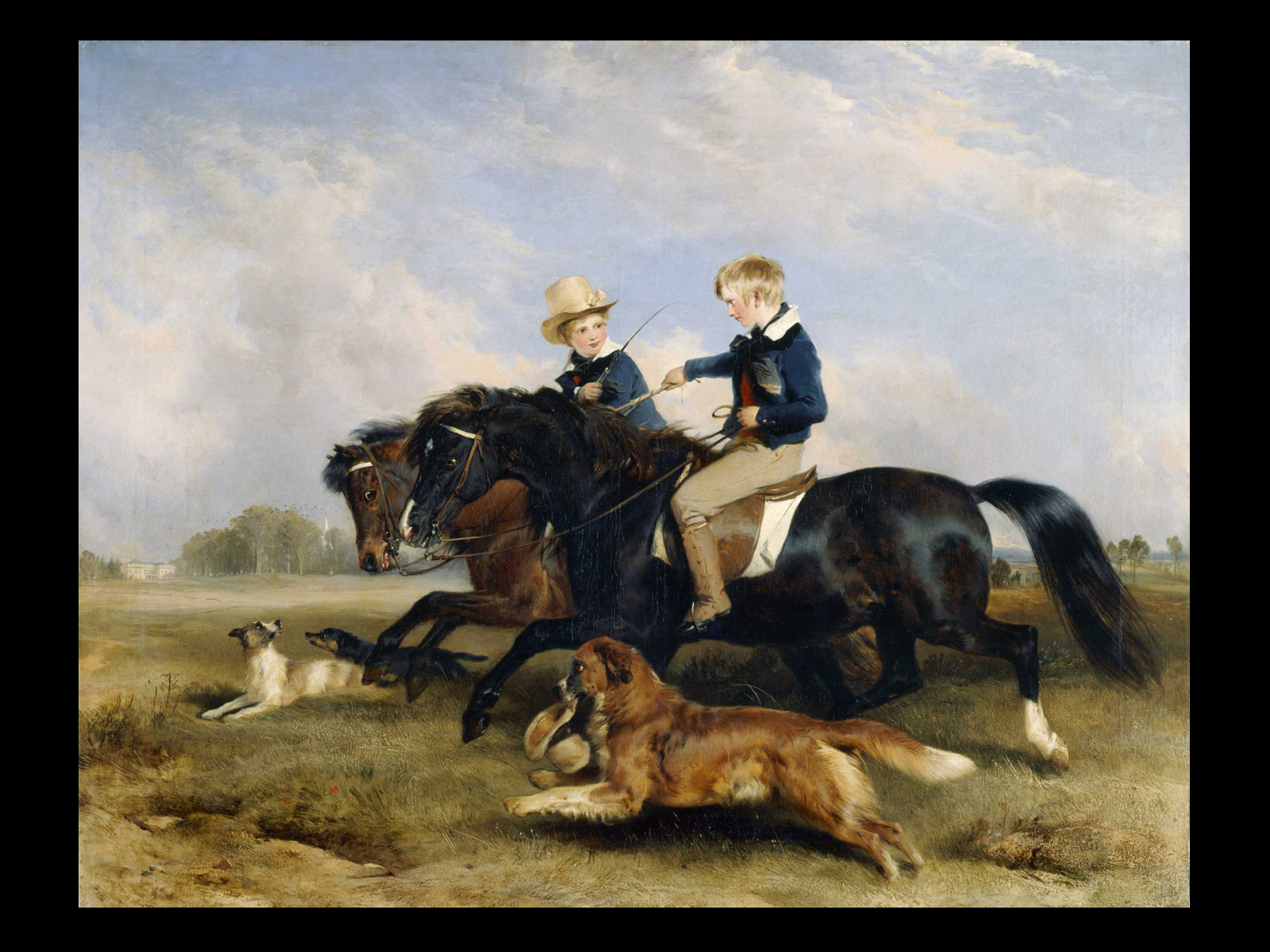 Edwin Landseer, The Hon. E.S. Russell and His Brother, 1834, oil on canvas,Kenwood House, English Heritage; Iveagh Bequest
Edwin Landseer, The Hon. E.S. Russell and His Brother, 1834, oil on canvas,Kenwood House, English Heritage; Iveagh Bequest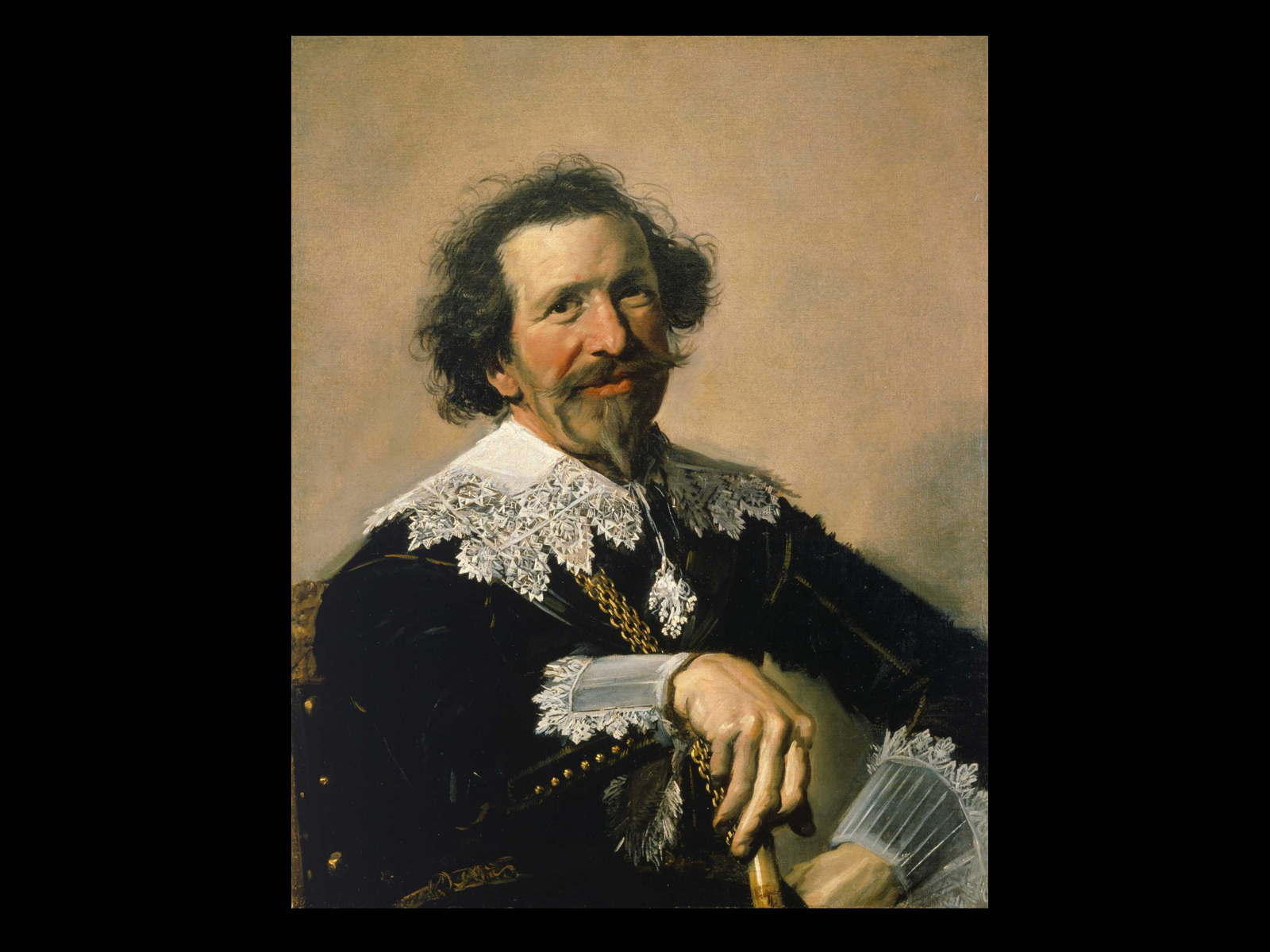 Frans Hals, Pieter van den Broecke, 1633, oil on canvas, Kenwood House, EnglishHeritage; Iveagh Bequest
Frans Hals, Pieter van den Broecke, 1633, oil on canvas, Kenwood House, EnglishHeritage; Iveagh Bequest Thomas Gainsborough, Mary, Countess Howe, 1764, oil on canvas, Kenwood House,English Heritage; Iveagh Bequest, 1927
Thomas Gainsborough, Mary, Countess Howe, 1764, oil on canvas, Kenwood House,English Heritage; Iveagh Bequest, 1927 Anthony van Dyck, Princess Henrietta of Lorraine Attended by a Page, 1634, oilon canvas, Kenwood House, English Heritage; Iveagh Bequest, 1927
Anthony van Dyck, Princess Henrietta of Lorraine Attended by a Page, 1634, oilon canvas, Kenwood House, English Heritage; Iveagh Bequest, 1927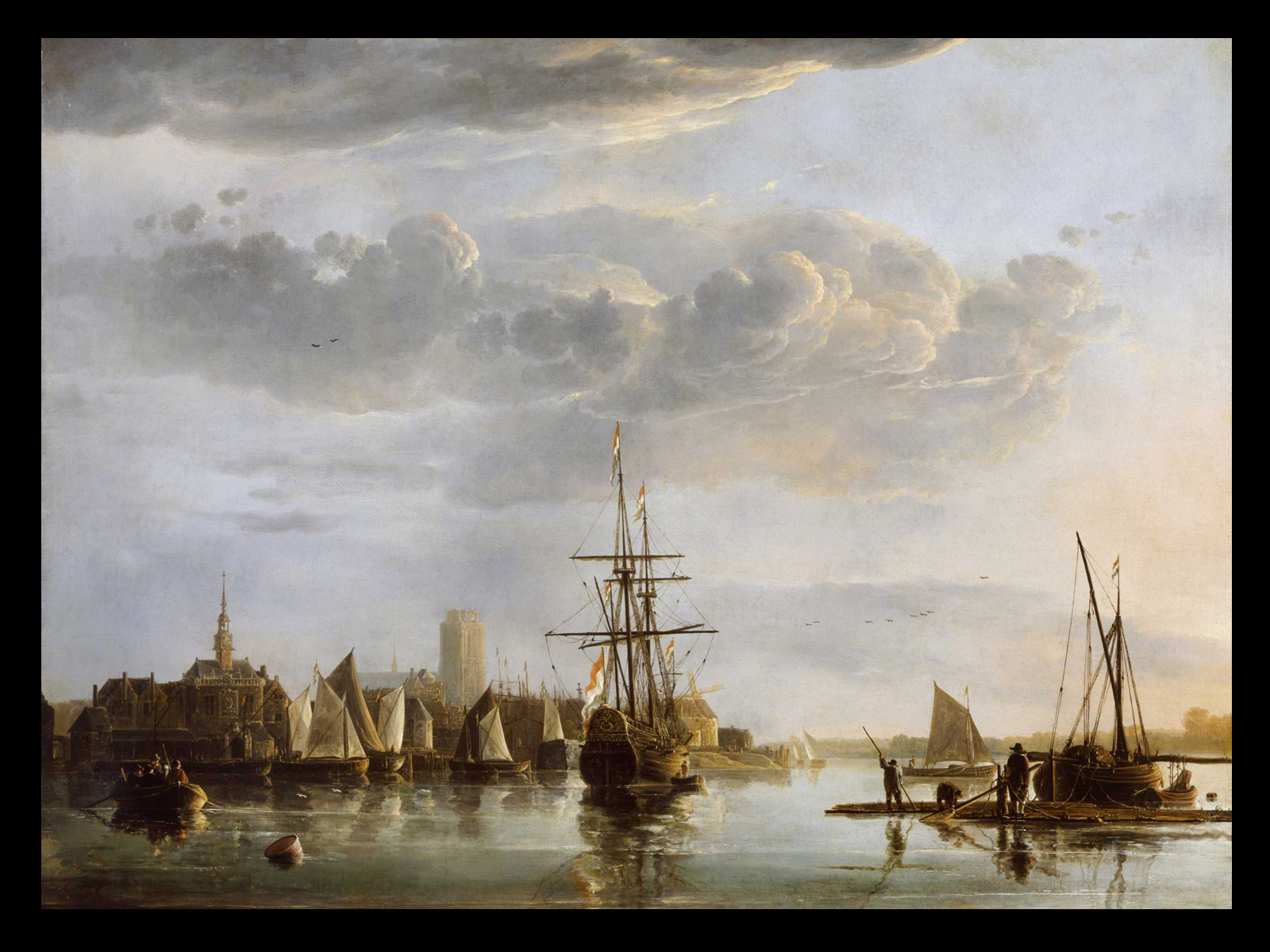 Aelbert Cuyp, View of Dordrecht, c. 1655, oil on canvas, Kenwood House, EnglishHeritage; Iveagh Bequest
Aelbert Cuyp, View of Dordrecht, c. 1655, oil on canvas, Kenwood House, EnglishHeritage; Iveagh Bequest
Thank goodness for home repairs.
Houstonians can thank the 18-month renovation of London's Kenwood House for the parade of 48 portraits, landscapes, seascapes, and so-called "fancy paintings" for the latest exhibition at the Museum of Fine Arts, Houston. Opening today, Rembrandt, Van Dyck, Gainsborough: The Treasures of Kenwood House, London will be on view through Sept. 3.
Houston is the first stop on a four-city tour of selections from the Iveagh Bequest, a collection of works left behind by Edward Cecil Guinness, who was the first Earl of Iveagh, a notable entrepreneur and heir to the Guinness beer fortune. The Houston debut represents the first showing of these works on this side of the Atlantic.
Kenwood House, which is administered by English Heritage, is a neoclassical villa Guinness purchased to show off his startling collection in an appropriately grand space. The bequest includes Dutch 17th-century masterworks as well as pristine English portraits of the 18th and 19th centuries.
A Wealth of Portraits
Rembrandt, Van Dyck, Gainsborough opens with one of the standouts in an exhibition full of heavy hitters. The Dutch master Rembrandt van Rijn painted more than 60 self-portraits. I can't say whether that number is statistically average for an artist or insanely egotistical. I can say that the "Portrait of the Artist" rewards contemplation. To stare at for a while is to rename it in your head as "Portrait of the Artist in Decline." It is, in fact, a late work, and something about the attentive yet rough rendering of the artist's informal garb and his weary, stubborn gaze gives Rembrandt a sad yet appealing solidity.
"Forget about who painted these. There's so much pleasure to be had in these paintings as paintings."
Much less thwarted is the subject Frans Hals's portrait of his friend, "Pieter van den Broecke." The ruddy cheeks are set off against the delicately rendered lace ruff and gauntlets. There is a confidence that mirth brings and that this portrait captures beautifully. What a contrast to Rembrandt's magisterial self-rendering as the artist wearied and worried by the passage of time.
The Rembrandt and the Hals are in rich company with Anthony van Dyck's portrait "James Stuart, 1st Duke of Richmond and 4th Duke of Lennox." The graceful Stuart sits with his spear ready behind him, his attentive dog gazing into his eyes, and a dramatic landscape rolling toward the sky as partially revealed by a sumptuous curtain.
The heft of this painting lies in its details but also in the history of its subject, the cousin of Charles I of England who offered to take the king's place when he was condemned to execution by parliament after his capture in the English Civil Wars. As the former owner of the painting, the ghost of Charles I hovered over van Dyck's impressive nearby, "Princess Henrietta of Lorraine Attended by a Page."
On a tour of the exhibit, Edgar Peters Bowron, the MFAH Audrey Jones Beck curator of European art, stressed not only the political history surrounding these works but also the aesthetic and stylistic lineages of artists who had Rubens and Titian in mind. Bowron said, "We've lost the thread of connection in the history of art. There's a chain stretching back."
And yet for Bowron the undeniable beauty of the portraits was foremost. He later said, "Forget about who painted these. There's so much pleasure to be had in these paintings as paintings."
The Feminine Ideal
Guinness may have liked his beer stout, but the central rooms of the exhibition suggests he liked great beauties and sweet children. Such figures dominate the Kenwood House collection, but don't let their soft exteriors fool you. Even though the central rooms offer up a gallery of fantasies, portraiture of the era seemed to constitute its own kind of fight club, with Joshua Reynolds, Thomas Gainsborough, and George Romney vying for prominence in the Royal Academy and for popularity amongst those who could afford to commission portraits.
Guinness clearly preferred Reynolds, as he owned dozens of those. But had I to name a heavyweight champion of the exhibition, Gainsborough wins hands down. Take the sweet confidence of "Mary, Countess Howe." In delicately ruffled garments, this noble lady stands out against a gloomy landscape. Her elegant directness makes you forget to wonder what on earth she'd be doing out there in such a fine dress.
Even more astonishing is "Lady Brisco," which almost drifts into a gauzy impressionism. Her elegantly elongated face, the soft, wispy pastels of her surroundings (including her high, violet-tinged hair), a misty waterfall, and a fluffy dog allow Lady Brisco to give Marie Antoinette a run for her money. Although it has all the hallmarks of extremely sentimental portraiture, strangeness tempers sweetness, and the result is otherworldly. It's hard to describe the impact of such large-scale portraits, so you'll want to linger in this hall of great ladies. But since "Lady Brisco" has not been featured in the advance press images for the show, make sure you spend a little extra time with her.
And while you're at it, visit with George Romney's "Emma Hart as 'The Spinstress.'" Perched at her spinning wheel and swathed in white with a white scarf delicately encircling her head, Hart is a vision: Imagine Audrey Hepburn starring in a comedy about a seamstress who falls in love with a prince. Hart was an actress and a notorious mistress, which didn't deter Romney from painting her more than 20 times.
Sentiment and Sport
Women, children, and sweet animals — often dogs or even lambs — are the triple threat of sentimentality in Enlightenment England. So there are portraits of cherubic children aplenty. Dear readers, don't hate me if I confess these are not my favorites. Those of you who want to indulge in Shirley Temple-like cuteness can head right for Thomas Lawrence's "Miss Murray."
Those who long for a little more drama that portraiture can provide may want to fast forward to Joseph Mallord William Turner's "A Coast Scene with Fisherman Hauling a Boat Ashore." I found myself captivated by a darker vision in these luminous canvases where a kind of animal violence charges to the fore.
Gainsborough triumphs again with "Hounds Hunting a Fox," a work that freezes at the moment the hounds are about to tear the fox to pieces. "Two Shepherds with Dogs Fighting" captures contrasting looks of horror and glee on the faces of two boys watching a canine battle.
Utterly astonishing in this regard is Sir Edwin Landseer's "Hawking in the Olden Time." A fully equipped hunting party observes the frozen moment when a hawk has already grasped the twisting body of a heron and is about to tear it to bits in front of the admiring crowd.
And they say artists are competitive.


